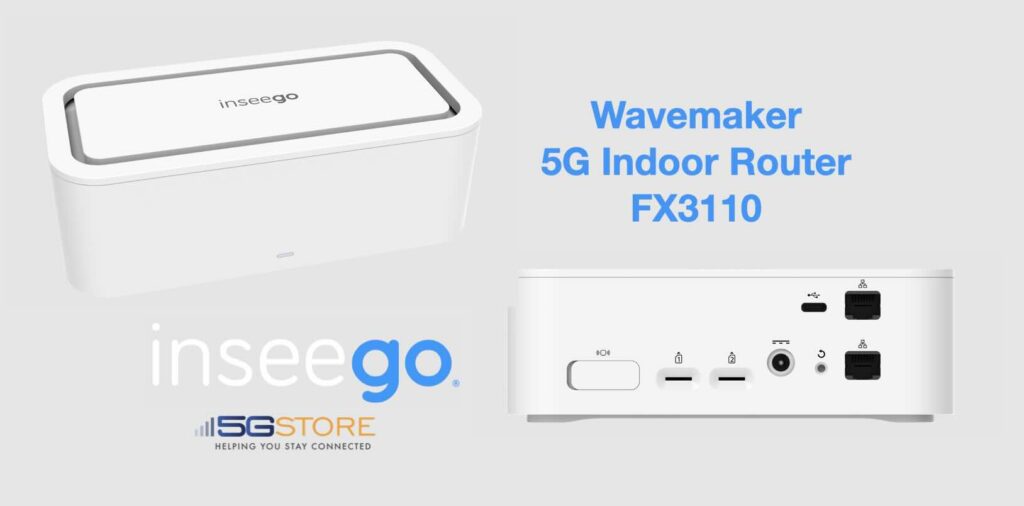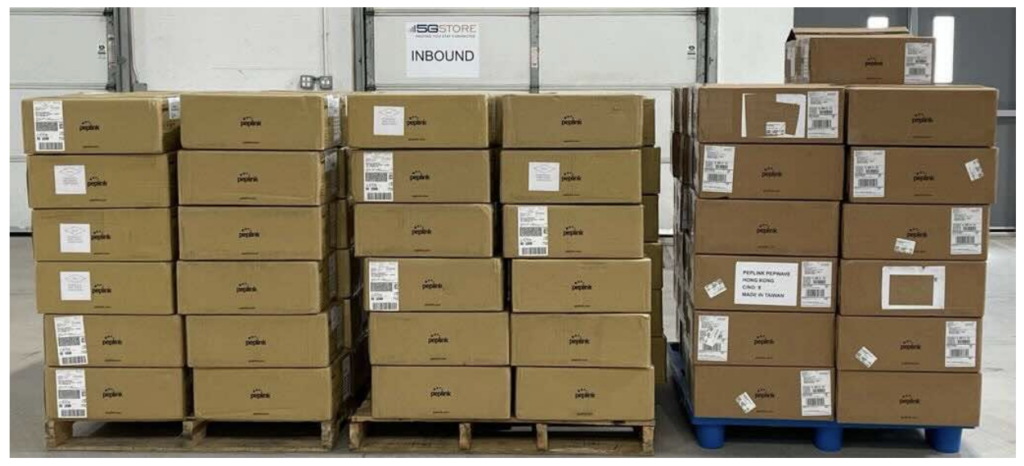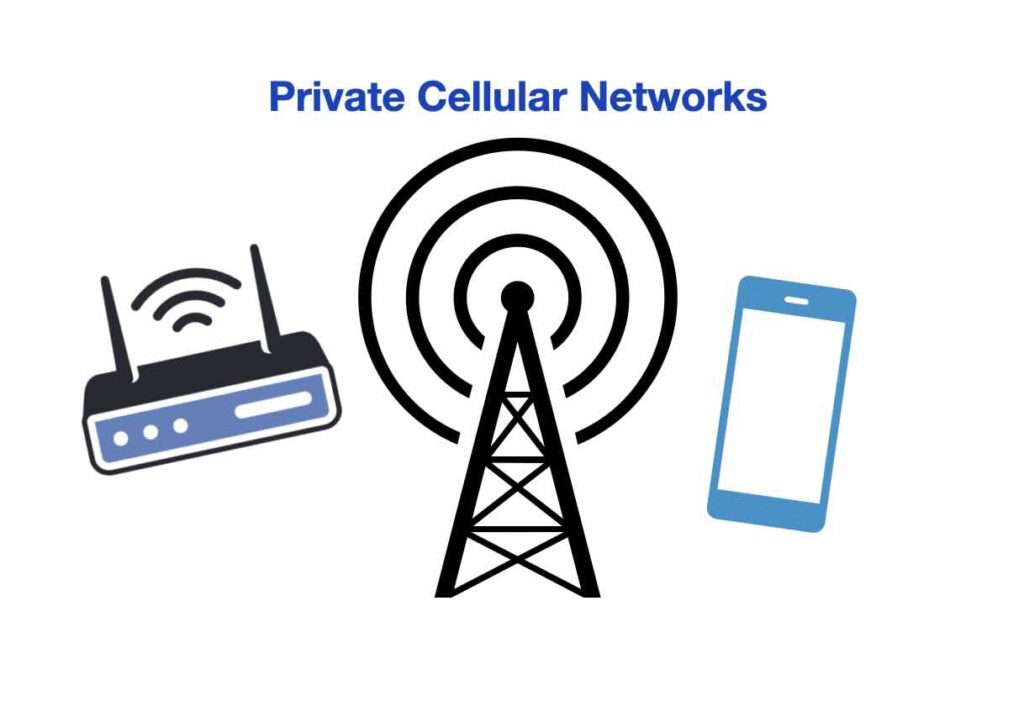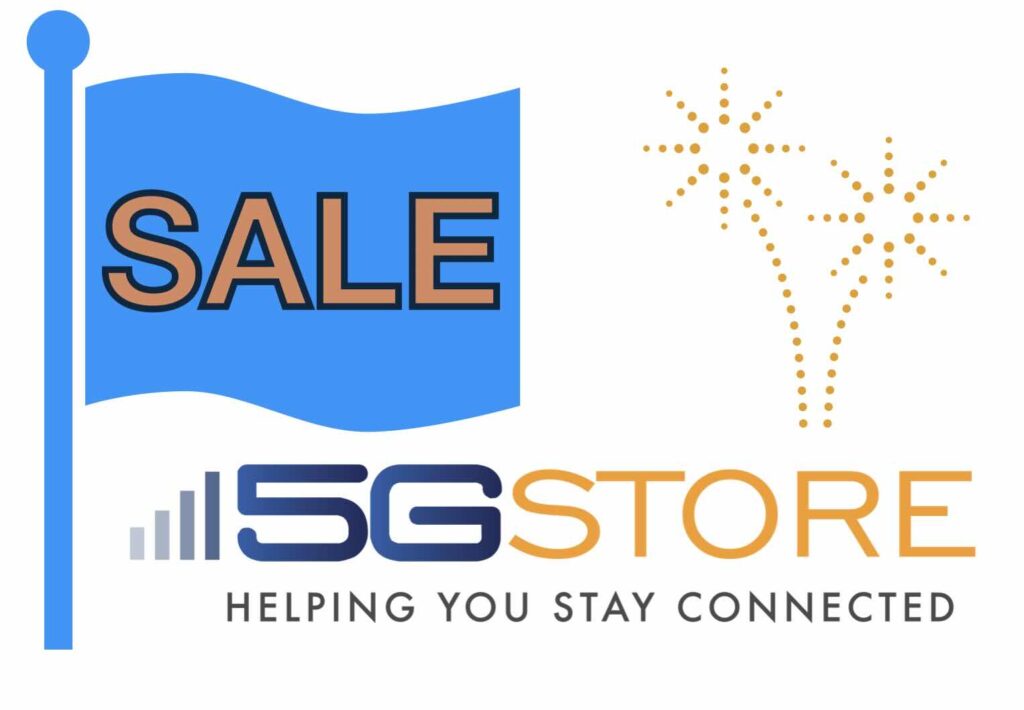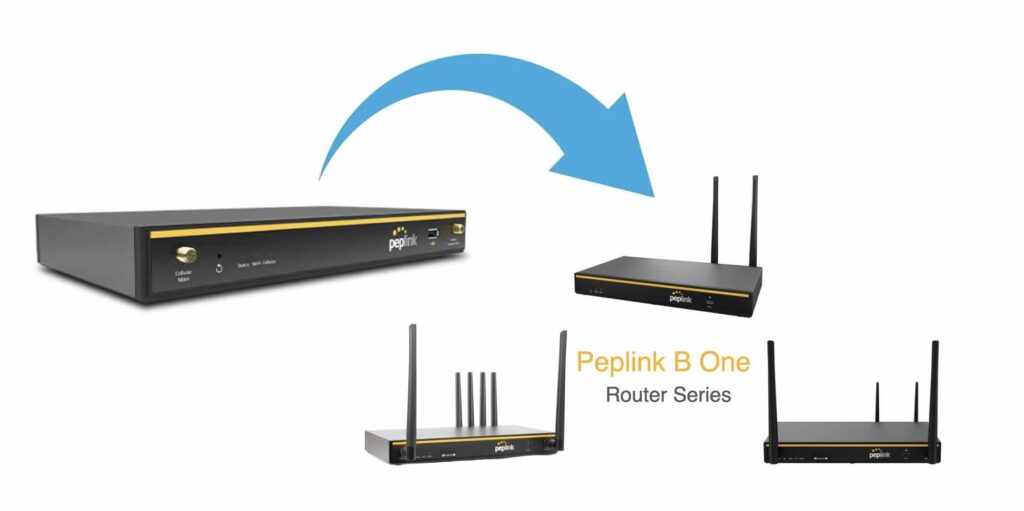We’re excited to announce the arrival of the Inseego FX3110, a cutting-edge 5G router designed to deliver fast, reliable, and flexible internet connectivity. Whether you’re looking to set up a failover solution or boost network reliability in demanding environments, the FX3110 offers several robust features to help meet your needs. Key Features of the Inseego […]
Category: 5G
The Future of Fixed Wireless Access (FWA) and eSIM: A Game-Changer for 5G Connectivity
As the world transitions further into the digital age, Fixed Wireless Access (FWA) is rapidly emerging as a leading solution for providing high-speed internet to homes and businesses. This evolution is particularly exciting when combined with the rise of eSIM technology, which has the potential to revolutionize how users upgrade their 5G routers and enhance […]
Peplink Firmware 8.5.0: Now Available – Unlock Next-Level Control and Connectivity
Peplink has just launched its highly anticipated firmware version 8.5.0, bringing a wave of powerful new features and essential fixes to redefine network management. This release promises to deliver smarter, more efficient network control, enhanced security measures, and an overall boost in performance for Peplink devices. If you’re looking to optimize your network infrastructure, firmware […]
The Importance of Zero Trust Security in a Complex, Connected World
In today’s digital age, cybersecurity is more important than ever. The frequency and sophistication of cyberattacks continue to rise, while business networks grow more complex, distributed, and essential for daily operations. A single security breach can have far-reaching consequences—financial loss, operational downtime, and even legal issues. Traditional network security approaches, which prioritized external protection while […]
BR1 Mini LTE Cat 4 & LTEA Cat 7: Back in Stock at 5Gstore!
The immensely popular Cat 4 and Cat 7 Peplink MAX BR1 Mini routers are now back in stock at 5Gstore.com
A Guide to Private Cellular Networks: History, Benefits, and Operation
Private cellular networks began as an alternative to traditional public cellular and WiFi networks. With the advent of 4G LTE and 5G, enterprises sought a solution that provided more control, security, and performance. By utilizing cellular technology to establish localized, on-premises networks, businesses could create a dedicated system tailored to their needs. The Federal Communications […]
Save 20% to 50% on Select Items at 5Gstore!
We’re thrilled to announce a new opportunity for our valued customers: discounts of up to 50% on select items! Access these incredible deals by simply logging into your 5Gstore account. Hurry and explore our discounts while they last! Discounts on Peplink, CradlePoint, Digi and more! How to Access 5Gstore Special Pricing: That’s it! No hidden […]
Pushover: A Push Notification Solution for Peplink & Incontrol 2
Unless you’re taking some time to disconnect from the world, staying informed is normally a top priority. Whether you’re managing a personal project, monitoring your business infrastructure, or automating your home, getting timely notifications can make all the difference. Pushover, a robust push notification service, offers an efficient and customizable solution for your notification needs. […]
Why Can’t I Buy the Peplink Balance 20X Anymore? Meet the New B One Series
If you’ve been on the hunt for the reliable and popular Peplink Balance 20X router, you might be wondering, “Why can’t I buy the Peplink Balance 20X anymore?” The Balance 20X, known for its robust dual-WAN load balancing, failover capabilities, and advanced security features, has been a trusted choice for small to medium-sized businesses, home […]
Ensuring Internet Continuity: Creating a Failover Network
Having a reliable Internet connection is critical to our everyday lives, whether for business operations, remote work, or personal use. With so much relying on a single connection, having just one single Internet service provider (ISP) can be risky due to potential outages. One effective solution is to create a failover network that switches to […]

